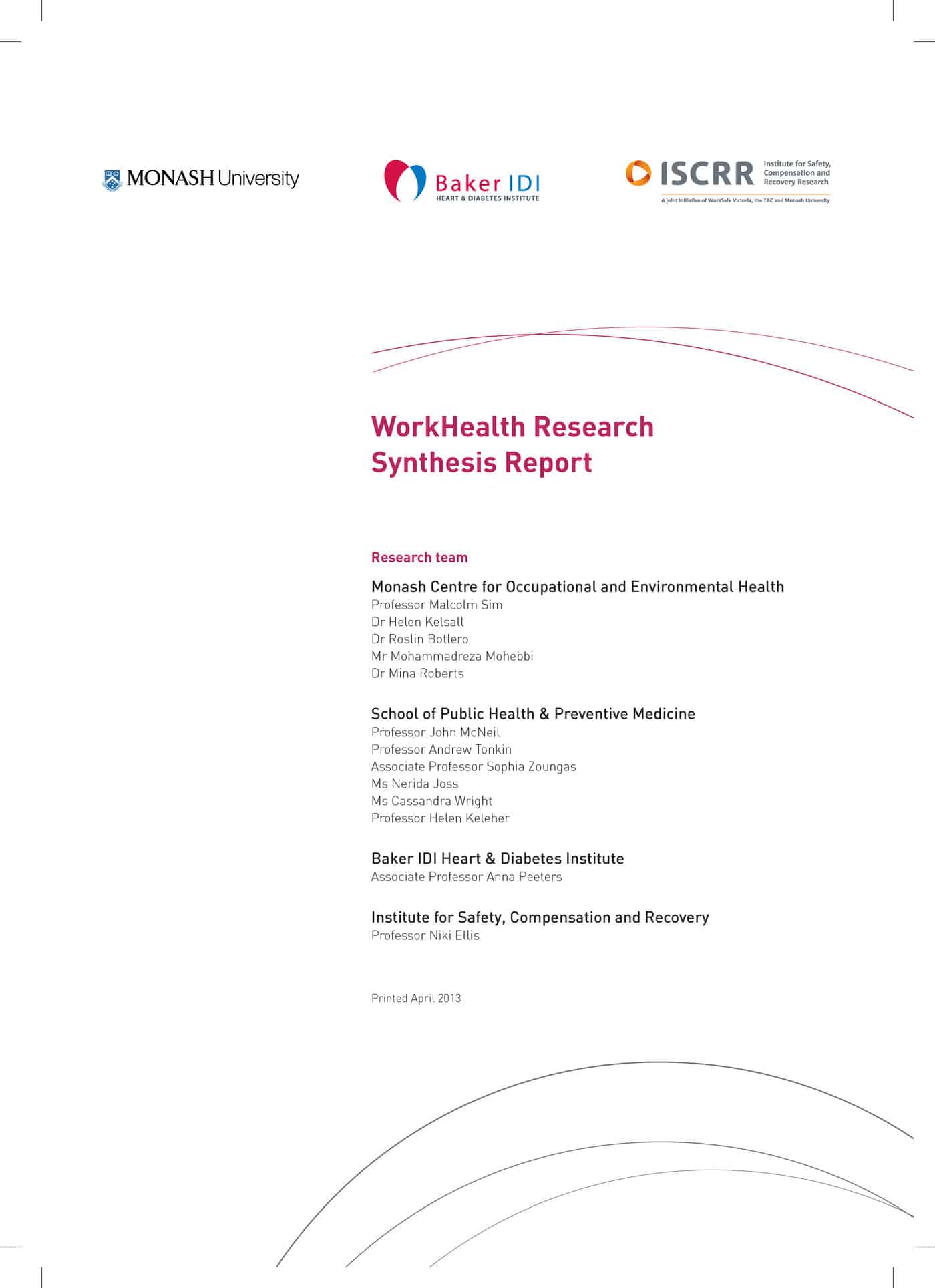One of the most contentious issues in safety management is the treatment of workers compensation claimants. On 18 August 2014, a small qualitative research report into this area was launched in Melbourne. The report, “Filling the Dark Spot: fifteen injured workers shine a light on the workers compensation system to improve it for others”* identified four themes in the workers’ stories:
- a sense of injustice
- a lack of control and agency
- loss of trust, and
- loss of identity.
These themes, or at least some of them, are increasingly appearing on the occupational health and safety (OHS) literature. To establish a successful sustainable workplace culture, one needs to establish and maintain trust. Workers also seem to need some degree of control, or at least influence, over their working conditions and environment. Also workers, and managers, need to receive a fair hearing, what most would describe as “natural justice”.


